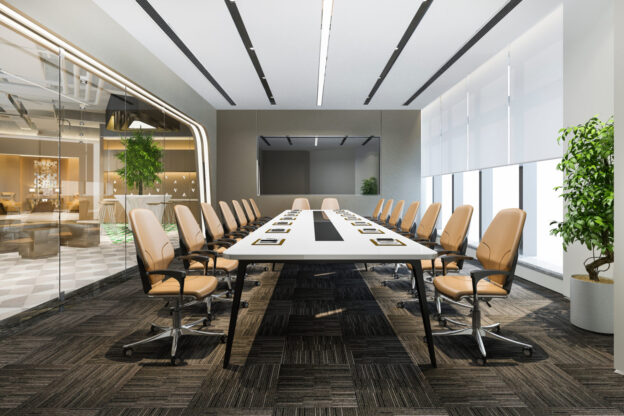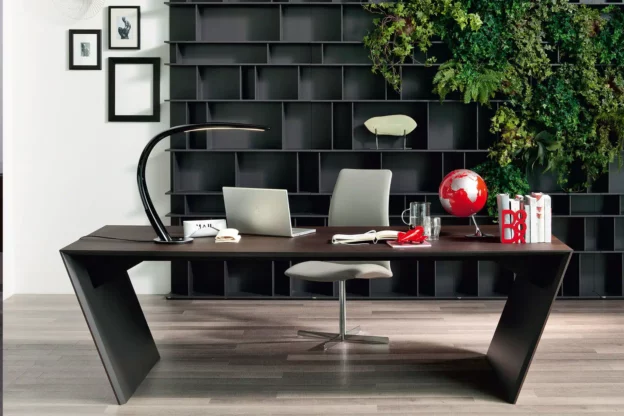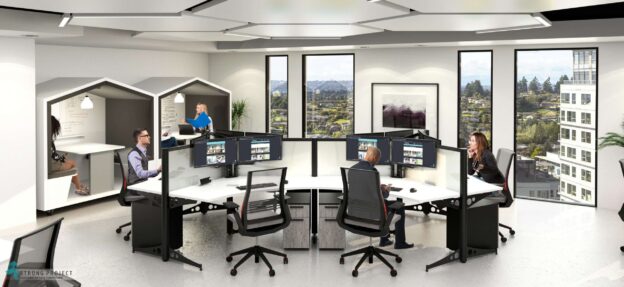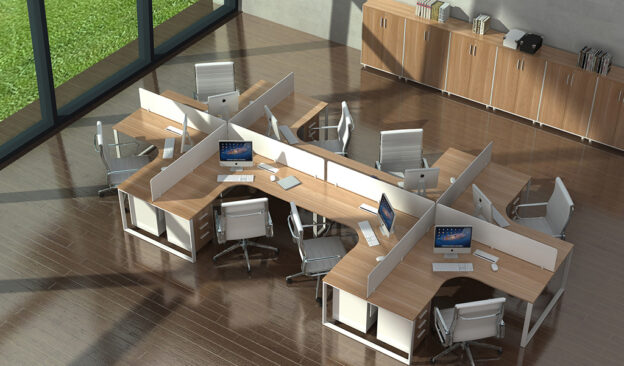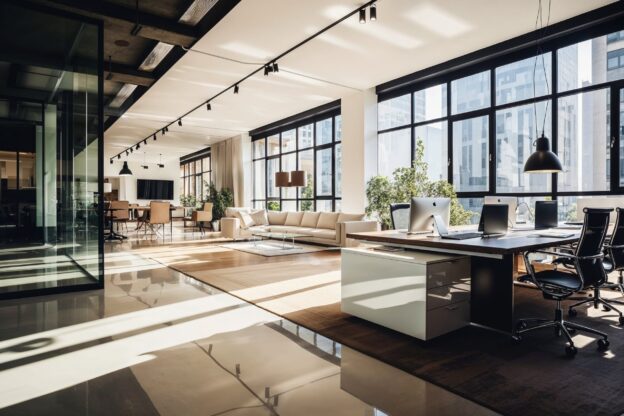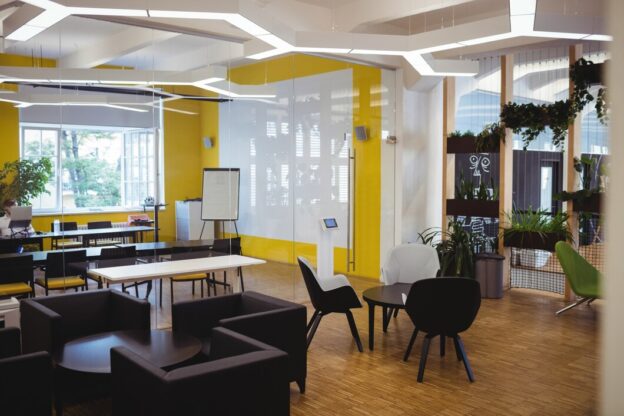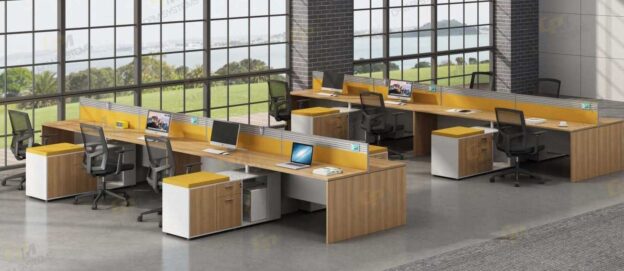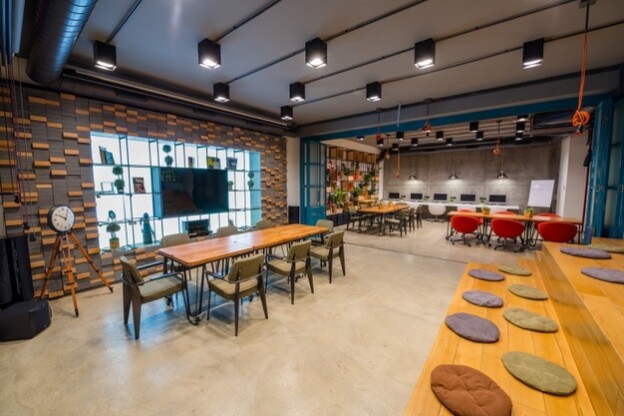In the world of modern office design, space planning plays a pivotal role in creating functional and aesthetically pleasing work environments. As businesses evolve and the nature of work continues to change, the role of a space planner has become more essential than ever. A space planner is not merely someone who arranges furniture but a professional who strategically designs the layout of an office to enhance productivity, optimize space utilization, and foster employee well-being. Here’s a closer look at the critical role space planners play in designing modern office interiors.
1. Optimizing Space Utilization
One of the primary responsibilities of a space planner is to maximize the use of available space. In today’s business world, where office real estate can be costly, efficient space utilization is essential. A skilled space planner assesses the dimensions and flow of the space to determine the best way to arrange workstations, meeting areas, storage, and communal spaces. This ensures that every inch of the office is used effectively, without overcrowding or wasting valuable space.
In cities like Vadodara, where businesses often have to make the most of limited office space, the expertise of a space planner in optimizing layouts is invaluable. They ensure that employees have the necessary room to work comfortably, collaborate, and unwind while maintaining a clean, clutter-free environment.
2. Designing for Flexibility and Adaptability
Modern offices are no longer static spaces; they must be flexible and adaptable to changing business needs. With the rise of hybrid work models, flexible spaces that can easily be reconfigured have become a priority. Space planners are experts in creating layouts that allow for easy adjustments to accommodate different team sizes, changing departmental structures, or new technologies.
Whether it’s incorporating modular furniture that can be moved or reassembled or designing multifunctional rooms that serve multiple purposes, space planners ensure that the office layout can evolve with the business. This adaptability is crucial for businesses that experience growth or shifting requirements, allowing them to respond quickly to changes in their environment.
3. Creating Efficient Workflows
A space planner’s job goes beyond simply arranging desks and chairs. They analyze how employees interact with each other and with the office environment to create an efficient flow of movement. By considering factors like proximity to resources, meeting spaces, and communal areas, a space planner ensures that employees can access what they need without unnecessary disruptions or delays.
For instance, placing meeting rooms in easily accessible locations or designing open spaces that foster easy communication can improve team collaboration and reduce time wasted moving between departments. An efficient layout promotes smooth workflows, which in turn boosts overall productivity.
4. Fostering Collaboration and Communication
In the modern office, collaboration is key to innovation and success. A space planner plays a critical role in designing spaces that encourage interaction among team members, departments, and even clients. Open-plan offices, collaborative workspaces, and casual lounge areas are just some examples of how space planners integrate communal areas into the office layout.
However, collaboration doesn’t just happen in open spaces. Space planners also ensure that there are quiet zones for focused work and private areas for confidential discussions. The goal is to strike a balance between open areas that encourage teamwork and private spaces that support concentration and deep work.
5. Prioritizing Employee Well-being
Employee well-being is a top priority in today’s office design. A space planner takes into account the physical and mental health of employees when designing office layouts. Factors like natural lighting, ventilation, ergonomic furniture, noise control, and the inclusion of biophilic design elements (such as plants or natural materials) all contribute to creating a healthy and comfortable work environment.
For example, by strategically placing windows and open spaces near workstations, a space planner ensures that natural light can flow through the office, promoting better mood and reducing eye strain. Similarly, they may incorporate quiet rooms or wellness spaces where employees can take breaks and recharge during the day.
6. Aligning with Company Culture and Branding
The design of an office should reflect a company’s culture, values, and brand identity. A space planner works closely with business leaders to understand the company’s vision and translates it into the office design. Whether it’s through color schemes, furniture choices, or layout styles, the space planner ensures that the office interior aligns with the brand’s message and fosters a sense of community among employees.
For example, a tech company may opt for a modern, open-plan office with flexible workspaces and high-tech features, while a law firm may lean towards a more traditional, formal design with private offices and executive spaces. By incorporating elements of a company’s culture into the office design, space planners help create a work environment that employees can be proud of and that reinforces the company’s values.
7. Incorporating Technology Integration
As technology continues to play a central role in business operations, space planners are responsible for designing office layouts that integrate modern technology seamlessly. This includes ensuring that workstations are equipped with necessary tech setups like computers, monitors, and cables, and that meeting rooms are designed for easy access to audiovisual equipment, video conferencing tools, and smart boards.
A space planner will also plan for high-speed internet connections, power outlets, and charging stations in appropriate locations throughout the office. By considering the technical needs of the office, space planners ensure that the workplace is ready to accommodate new technologies and innovations as they emerge.
8. Managing Budget and Resources
Space planners are also tasked with managing budgets and resources effectively. They need to balance aesthetic design with practical considerations, ensuring that the office layout is functional without exceeding the company’s budget. This involves sourcing cost-effective materials, furniture, and décor while maintaining high standards of quality and design.
They also consider long-term sustainability, ensuring that the materials used are durable and that the design choices will stand the test of time. A skilled space planner can achieve the perfect balance between style, functionality, and cost, helping companies create a stunning office space within budget.
Conclusion
In today’s fast-paced business environment, a space planner plays an indispensable role in creating office interiors that are both functional and inspiring. They not only optimize space utilization but also design offices that promote collaboration, support employee well-being, and align with the company’s brand identity. By blending creativity, practicality, and a deep understanding of how people work, space planners shape the work environments of the future.
For businesses in Vadodara and beyond, working with an experienced space planner can make all the difference in creating a workspace that fosters innovation, productivity, and employee satisfaction.
